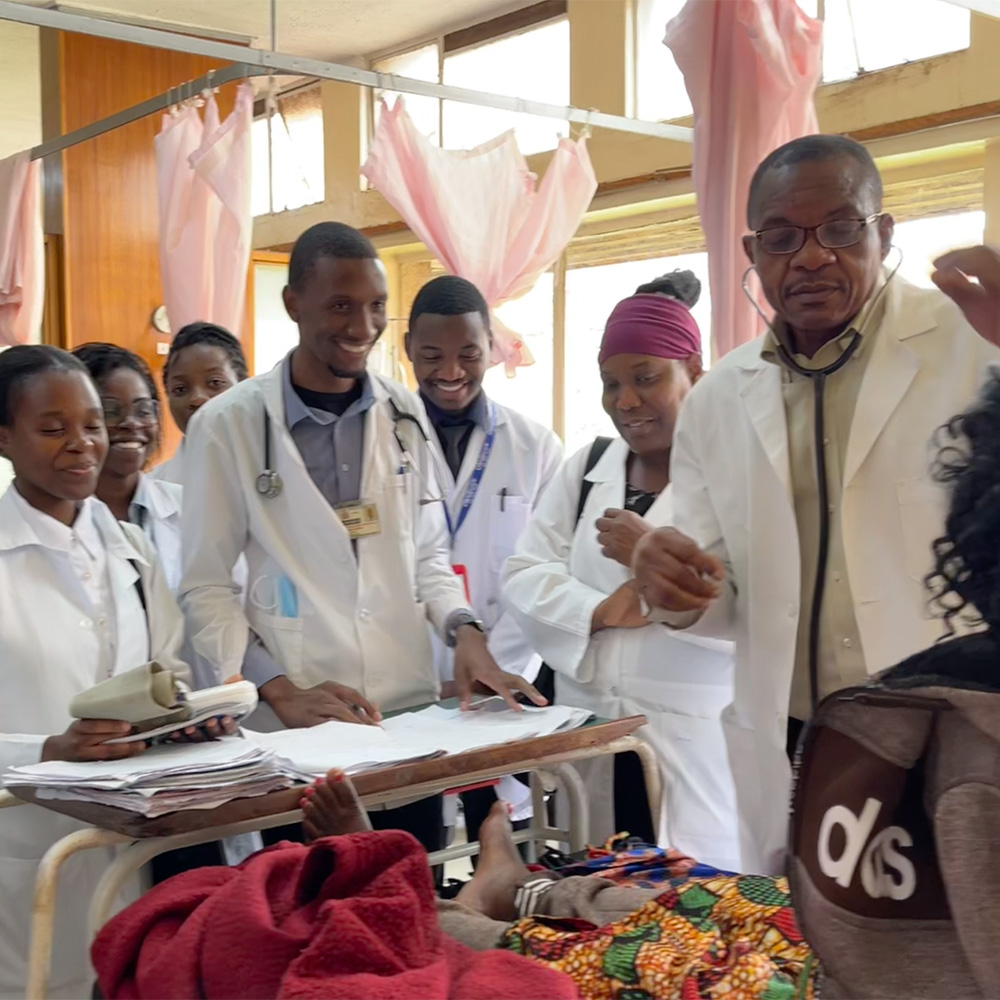Cyclotron-produced radiotracer enables cancer metabolism imaging

A new era for nuclear medicine and molecular imaging began in 2017 with the production and delivery of the first noncommercial radiotracer for human injection in North Texas.
The radiotracer, carbon-11 acetate, is an investigational drug approved by the Food and Drug Administration. It was produced by the Cyclotron and Radiochemistry Program at UT Southwestern for clinical positron emission tomography (PET) imaging of brain tumors.
After injecting a dose of carbon-11 acetate into the bloodstream of a research participant, the scan at UTSW revealed a strikingly higher contrast in tumor masses than conventional PET scans performed with radiolabeled glucose.
“This success marks a major milestone of cancer research in the region and demonstrates the promising role of the cutting-edge imaging technology of PET in improving cancer patient care,” said Dr. Xiankai Sun, who leads the Department of Radiology-based Program.
UT Southwestern’s cyclotron – a 22-ton circular particle accelerator housed underground and secured behind 6-foot-thick concrete walls – produces short-lived radioisotopes that emit positrons, which are then used to tag biologically active molecules to create radiotracers used in PET imaging of diseases or monitoring of disease interventions. Radiotracers with short half-lives – such as carbon-11 acetate – are difficult to transport and ideally should be produced where used. Producing such radiotracers on-site enables the cutting-edge imaging technologies of PET for patient care in North Texas and increases opportunities for expanded research efforts.
Carbon-11 acetate has previously been used in cardiology to evaluate oxygen consumption and blood flow in the heart, and in oncology to detect several tumor types, including prostate, kidney, bladder, and lung cancers. The researchers hope to further extend the imaging applications of this radiotracer to brain cancer diagnosis and prognosis, facilitating additional insights into cancer metabolism, said Dr. Sun, an Associate Professor of Radiology and a member of the Advanced Imaging Research Center who also holds the Dr. Jack Krohmer Professorship in Radiation Physics.




